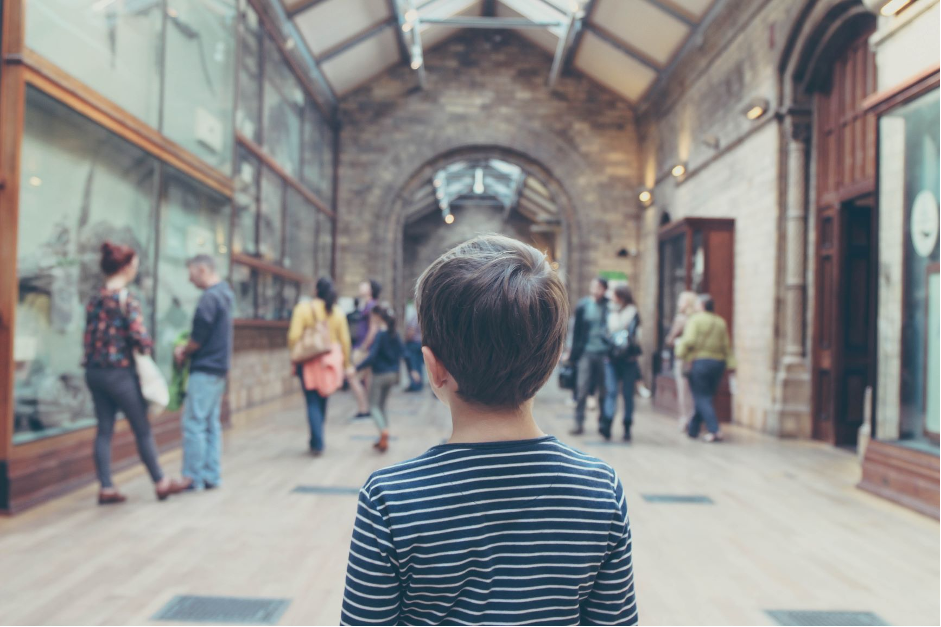
SocHistColl’s Autumn series on Independent museums, 2020
Organising these sessions allowed me to embark on a wonderful and poignant journey of discovery, and I tried to vary their formats in order to enable different perspectives to emerge. First a discussion gathering David Green, director of the Florence Nightingale museum, Helen Bonser-Wilton, CEO of the MaryRose Trust, Emma Chaplin, director of AIM and Yvette Shepherd, Museum Development Officer, London Museum Development took stock of the historical success and current depressed state of some independent museums in the UK. Our speakers candidly lifted the veil on the difficult conditions in which they and many of their colleagues are currently working and carrying out their role of custodians. They also bore witness to the ingenuity which sometimes enabled them to capture public attention over the pandemic: collaboration, nimbleness and resilience were key takeaways. To me, their ‘can-do’ attitudes exemplified what ‘cultural leadership’ is about: opportunities are grasped with both hands whenever and wherever they arise as they may help preserving structures, collections, histories, and of course staff.
The second and third events then focused on specific case studies, which enabled us to delve deeper into the history of collecting and current issues linked to running independent structures. Firstly Chris Stephen, director of the Holburne Museum in Bath, recounted the life of some of the astounding objects to be found there including silver, ceramics, British portraiture and furniture. Like many museum directors around the globe, he had to work on logistics of extending or rescheduling exhibitions. The extended current exhibition on Grayson Perry’s ‘Pre-Therapy’ ceramics will carry over to the beginning of 2021 and will be followed by an important exhibition on Canaletto including a set of paintings on loan from Woburn Abbey. In the context of the pandemic, questions included issues linked to income generators and audience drivers which are of particular strategic importance at an independent museum. However broader questions also tackled the importance of engaging with historical links with slavery and the evolution in collection interpretation.
Last but not least, Julie Finch, director of Compton Verney, Warwickshire, gave a presentation of her museum and an overview of the varied collections housed there (17th century Neapolitan painting, Northern European painting or British folk art for example). She emphasised the importance of adapting to changing circumstances. For instance, the 120 acres of parkland and lake in addition to the house proved a saving grace for Compton Verney as visitors continued to enjoy the outdoor offer over the summer months. Questions included issues of strategy and future schemes among which it is worth noting Julie Finch’s ‘collections on the move’ idea aiming to bring objects to communities around Warwickshire. To me, both the second and third sessions vibrantly testified to the quiet achievements that have gone on around the country throughout the pandemic in an effort to survive the challenging months and to imagine the post-Covid landscape.
Dr Marie Tavinor
